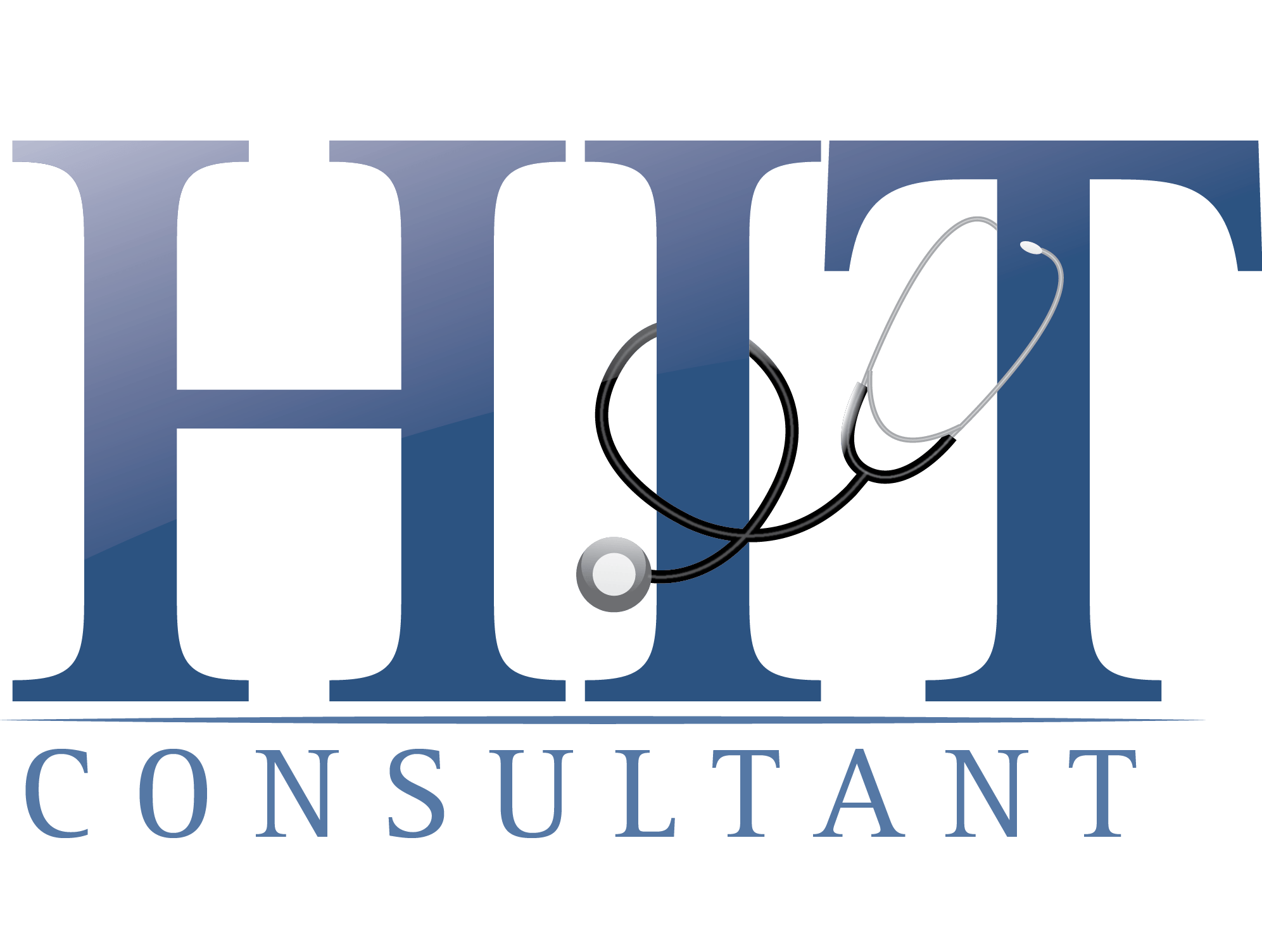
In late 2023, a multi-hospital health system in the Southeast saw a sudden spike in payer requests for documentation. The compliance team had been running routine retrospective audits, but the pace of incoming denials and takebacks began to outstrip their ability to respond. Within six months, the organization reported more than $11 million in at-risk revenue and a doubling of external audit activity.
Despite their best efforts, the system was playing defense.
This story is increasingly familiar across the healthcare landscape. A combination of increased payer scrutiny, regulatory complexity, and staffing constraints is accelerating financial pressure on providers. Data collected from a broad cross-section of U.S. health systems, coding-related denials increased 120 percent in 2023, and inpatient medical necessity denials grew by 140 percent. Commercial payer requests for information, or RFIs, rose 122 percent.
These numbers reflect a national trend: the auditing environment has shifted. Relying on retrospective audits alone is no longer sustainable. Healthcare organizations are now recognizing the need to adopt proactive, risk-based compliance programs that integrate data, automation, and real-time oversight to stay ahead of potential revenue leakage.
The Limitations of Retrospective Audits
Traditional audits typically occur after claims have been submitted and paid or denied. While this approach can identify trends and errors, it comes too late to prevent financial loss. Recovery efforts can take months and frequently result in permanent revenue loss due to timely filing limits or the inability to correct documentation after the fact.
This lag is increasingly problematic. In a time when margins are already tight, preventable denials and compliance penalties can significantly impact a health system’s bottom line. According to the American Hospital Association, over half of U.S. hospitals ended 2023 operating in the red or with margins that cannot support reinvestment.
Retrospective auditing also struggles to keep up with the growing scale and complexity of payer audits. New programs, evolving billing rules, and increasingly sophisticated payer algorithms mean that errors are more easily detected on the payer side—and often missed internally.
A Blend of Proactive and Retrospective Audits is the Strategy of the Hour…
In contrast, proactive auditing identifies issues before claims are submitted. By targeting high-risk areas based on payer behavior, documentation trends, and clinical complexity, organizations can prevent denials before they occur.
Proactive compliance strategies align with evolving regulatory expectations as well. The Department of Health and Human Services Office of Inspector General has consistently emphasized the importance of effective compliance programs that include ongoing monitoring and auditing. Integrating these efforts with broader revenue cycle operations can reduce compliance risk and improve operational efficiency.
The Role of Humans, Automation and Analytics
A growing challenge for many compliance departments is the sheer volume of audits. Staffing shortages and manual workflows make it difficult to keep up. Automation processes and analytics offer a solution by streamlining routine tasks and surfacing high-priority risks
For example, AI-powered tools can analyze billing data, identify patterns of concern, and flag records for review before they are sent to payers. This allows teams to focus their attention where it matters most. Automation also reduces the chance of human error, which remains a leading cause of denials.
Advanced analytics further enhance this process by providing visibility into denial trends, coder and provider performance, and audit outcomes. When audit, billing, and data teams operate in silos, valuable insights are often lost. By connecting these systems, organizations can respond to emerging risks in real time and adjust their processes accordingly.
Automation’s success is predicated on ensuring humans stay in the loop for accuracy and integrity of outputs. Humans are the key to proper design, implementation into auditing workflows, and overall governance of automation solutions. Poorly designed automation tools can miss instances of overcoding, for example, and risk financial penalties and clawbacks. Likewise, missed undercoding means lost revenue opportunities for the organization. In one real-world example, recently, a health system discovered its autonomous coding system undercoded drug units, resulting in $25 million in lost revenues—an error that would not have been caught had human oversight not been part of the health system’s automation strategy.
Financial Impact of Early Intervention
The financial impact of proactive auditing is significant. According to estimates derived from case studies and payer reimbursement data, health systems can recover up to $4,901 per diagnosis-related group (DRG), $3,922 per diagnosis, and $1,980 per drug unit when errors are caught and corrected before submission. While these figures vary depending on contract terms and clinical services, they represent a compelling case for shifting compliance auditing further upstream in the revenue cycle.
This is not only about protecting revenue. It is about sustainability. Health systems cannot afford to wait until payers issue denials or clawbacks to identify vulnerabilities. Proactive auditing, supported by automation and integrated analytics, is essential for maintaining financial viability and ensuring that compliance efforts support rather than burden care delivery.
A Shift That Cannot Wait
The message is clear. Compliance can no longer operate in the background. It must become a strategic function, aligned with finance and revenue cycle leadership. Health systems that adopt proactive auditing are better positioned to weather payer scrutiny, reduce revenue leakage, and meet regulatory expectations.
The landscape has changed. The tools are available. Now is the time to act.
About Ritesh Ramesh
Ritesh Ramesh is CEO of MDaudit, a provider of AI-powered compliance and revenue integrity technology for the healthcare industry.
